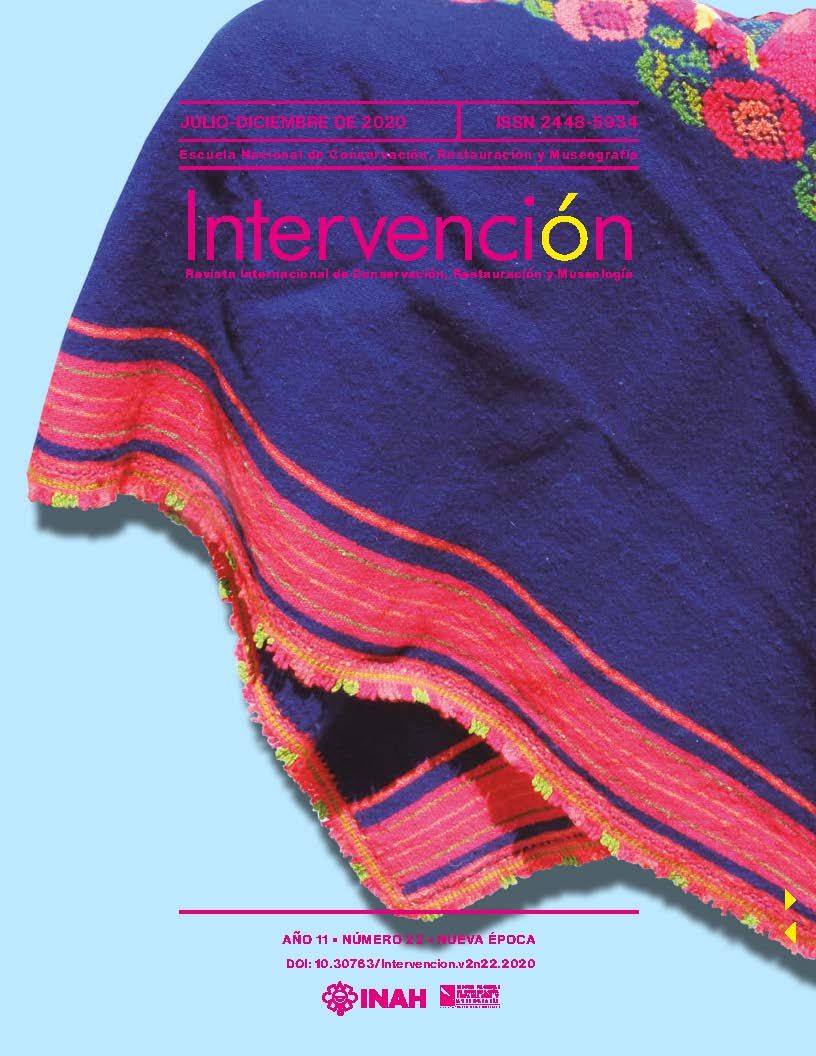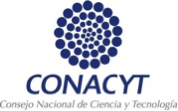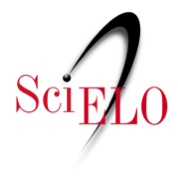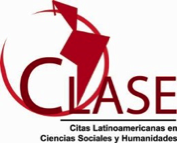The Sciences as Processes: Gaston Bachelard, the Public Communication of Sciences and Total Museology
DOI:
https://doi.org/10.30763/Intervencion.235.v2n22.14.2020Abstract
Part of Gaston Bachelard’s extensive work has been applied in many areas of philosophical and humanistic research; however, his contribution to the field of public communication of science and museology is brief. The main objective of this essay is to present the convergence of some of the ideas expressed by Bachelard with respect to the sciences: their historical study, their teachings and learnings, with recently enunciated proposals for museums and science centers. Bachelard’s words have, in particular, many parallels with Jorge Wagensberg’s total museology, developed in the last decades of the 20th century, and, as it is intended to demonstrate, can form a useful foundation for current museological thinking.
Downloads
References
Bachelard, G. (2015). El compromiso racionalista. México: Siglo XXI Editores.
Bachelard, G. (2009). La filosofía del no. Ensayo de una filosofía del nuevo espíritu científico. Buenos Aires: Amorrortu.
Bachelard, G. (2000). La formación del espíritu científico. México: Siglo XXI Editores.
Bachelard, G. (1965). La poética del espacio. México: Fondo de Cultura Económica.
Bergeron, A. y Bigg, C. (2015). D’ombres et de lumiéres. L’exposition de 1937 et les premières années du Palais de la Découverte au prisme du transnational. Revue Germanique Internationale, 21, 187-206.
Chimisso, C. (2008). Writing the History of the Mind: Philosophy and Science in France, 1900 to 1960s. Londres: Ashgate.
Colnort, S. (1962). Les conférences du Palais de la Découverte. Revued’Histoire de Sciences et de leurs Applications, 15(1), 87-90.
Cortassa, C. (2012). La ciencia ante el publico: dimensiones epistémicas y culturales de la comprensión pública de la ciencia. Buenos Aires: Eudeba.
Delicado, A. (2007). What do scientists do? in museums: representations of scientific practice in museum exhibitions and activities. The Pantaneto Press. Recuperado de http://pantaneto.co.uk/what-do-scientists-do-in-museums-representations-of-scientific-practice-in-museum-exhibitions-and-activities-ana-delicado/
Descolá, P. (2013). The Ecology of Others. Chicago: Prickly Paradigm Press Chicago.
Deutsches Museum. (2020). Open Research Laboratory. https://www. deutsches-museum.de/en/exhibitions/natural-sciences/new-technologies/laboratories/open-research-lab
Durant, J. (2004). The Challenge and the Opportunity of Presenting “Unfinished Science”. En D. Chittenden, G. Farmelo y B. Lewenstein (Eds.). Creating Connections. Museums and the Public Understanding of Current Research (pp. 47-60). Walnut Creek: Alta Mira Press.
Eidelman, J. (1985). The Cathedral of French Science. The Early Years of the Palais de la Découverte. En T. Shinn y R. Whitley (Eds.), Expository Science. Forms and Functions of Popularisation (pp. 195-207). Dordrecht:Kluwer.
Einsiedel Jr., A. y Einsiedel, E. (2004). Museums as Agora: Diversifying Approaches to Engaging Publics in Research. En D. Chittenden, G. Farmelo y B. Lewenstein (Eds.). Creating Connections. Museums and the Public Understanding of Current Research (pp. 73-84). Walnut Creek: Alta Mira Press.
Espinosa, A. (2016). Evaluación de la creatividad en productos de divulgación de la ciencia: un modelo para los museos y centros de ciencia (Tesis de doctorado). México: Universidad Nacional Autónoma de México.
Farmelo, G. (2004). Introduction. Only Connect: Linking the Public with Current Scientific Research. En David Chittenden, G. Farmelo y B. Lewenstein (Eds.), Creating Connections. Museums and the Public Understanding of Current Research (pp. 1-25). Walnut Creek: Alta Mira Press.
Feyerabend, P. (1986). Tratado contra el método. Esquema de una teoría anarquista del conocimiento. Madrid: Editorial Tecnos.
Field, H. y Powell, P. (2001). Public understanding of science versus public understanding of research. Public Understanding of Science, 10(4), 421-426.
Gómez, J. M. (2013). Fenomenotécnica: Bachelard y el giro práctico en la Filosofía de la Ciencia. Artefactos, 6(1), 65-80.
Gutting, G. (2005). Introduction: What is continental philosophy of science? En G. Gutting (Ed.), Continental Philosophy of Science (pp. 1-16). Londres: Blackwell Publishing.
Heering, P. (2017). Science Museums and Science Education. Isis, 108(2), 399-406.
Hernández, F. (1998). El museo como espacio de comunicación. Madrid: Ediciones Trea.
International Council of Museums. (1-7 de septiembre, 2019). 25a Conferencia General del icom. http://icom-kyoto-2019.org/es/
Knorr-Cetina, K. (1981). The Manufacture of Knowledge. An Essay on the Constructivist and Contextual Nature of Science. Londres: Pergamon Press.
Kuhn, T. (2013). La estructura de las revoluciones científicas, México: Fondo de Cultura Económica.
Latour, B. (2005). Reensamblar lo social. Una introducción a la teoría del actor-red. Buenos Aires: Manantial.
Latour, B. (1992). Ciencia en acción. Cómo seguir a los científicos e ingenieros a través de la sociedad. Madrid: Editorial Labor.
Latour, B. y Woolgar, S. (1986). Laboratory Life. The Construction of Scientific Facts. Nueva Jersey: Princeton University Press.
Martínez, J. (1992). Bachelard, Popper y el compromiso racionalista de la ciencia. Convivium. Revista de Filosofía, 3, 75-97.
Musée de l’Homme. (2020). Balcón de la ciencia. http://www.museedelhomme.fr/fr
National History Museum. (2020). Darwin Centre. https://www.nhm.ac.uk/visit/galleries-and-museum-map/darwin-centre.html
Museum of Modern Art (MoMA) (2018). Agora: ¿Cómo afectan los espacios de los museos a nuestra experiencia? https://www.moma.org/calendar/events/4502
National History Museum. (2020). Darwin Centre. https://www.nhm.ac.uk/visit/galleries-and-museum-map/darwin-centre.html
Pedretti, E. (2002). T. Kuhn meets T. Rex: Critical Conversations and New Directions in Science Centres and Science Museums. Studies in Science Education, 37(1), 1-41.
Pickering, A. (1995). The Mangle of Practice. Time, Agency, and Science. Chicago: The University of Chicago Press.
Pueblo Grande Museum. (2020). Welcome Friends of Pueblo Grande Museum. https://pueblogrande.org
Reynoso, E. (2018). El papel protagónico de los museos y centros de ciencia en el proceso de construcción de una cultura científica para la población. En M. del C. Sánchez (Coord.), Los museos de ciencias. Universum, 25 años de experiencia (pp. 213-238). México: Dirección General de Divulgación de la Ciencia-Universidad Nacional Autónoma de México (UNAM).
Rheinberger, H. (2010). On Historicizing Epistemology. An Essay. D. Fernbach (Trad.). Stanford: Stanford University Press.
Roqueplo, P. (1983). El reparto del saber. Ciencia, cultura y divulgación, Buenos Aires: Gedisa.
Sánchez, M. del C. (2018). En busca de un punto de partida para estudiar los museos y centros de ciencia. En M. del C. Sánchez (Coord.), Los museos de ciencias. Universum, 25 años de experiencia (pp. 11-46). México: Dirección General de Divulgación de la Ciencia-Universidad Nacional Autónoma de México.
Sánchez, M. del C., y Tagüeña, J. (2011). El manejo de las escalas como obstáculo epistemológico en la divulgación de la nanociencia. Mundo Nano. Revista Interdisciplinaria en Nanociencias y Nanotecnología, 4(2), 83-102.
Shapin, S. (1992). Why the public ought to understand science-inthe-making Public Understanding of Science, 1(1), 27-30. https://doi.org/10.1088/0963-6625/1/1/006
Wagensberg, J. (2001). Principios fundamentales de la museología científica moderna. Cuaderno Central, 55, 22-24.
Wagensberg, J. (2005). The “total” museum, a tool for social change. História, Ciências, Saúde, 12 (suplemento), 309-321.
Wagensberg, J. (2015). The “total” museum: a tool for social change. Dimensions, julio-agosto, 34-37.
Additional Files
Published
How to Cite
Issue
Section
License
Copyright (c) 2020 Instituto Nacional de Antropología e Historia (INAH)

This work is licensed under a Creative Commons Attribution-NonCommercial 4.0 International License.

Atribución-NoComercial 4.0 Internacional
https://creativecommons.org/licenses/by-nc/4.0/deed.es
Usted es libre de:
- Compartir — copiar y redistribuir el material en cualquier medio o formato
- Adaptar — remezclar, transformar y construir a partir del material
Bajo los siguientes términos:
-
Atribución — Usted debe dar crédito de manera adecuada, brindar un enlace a la licencia, e indicar si se han realizado cambios. Puede hacerlo en cualquier forma razonable, pero no de forma tal que sugiera que usted o su uso tienen el apoyo de la licenciante.
-
No Comercial — Usted no puede hacer uso del material con propósitos comerciales.




















